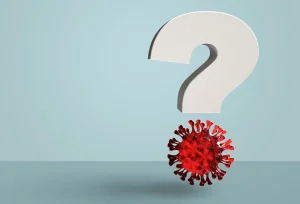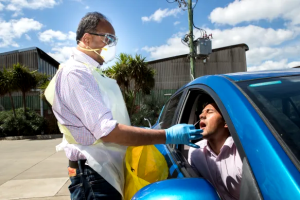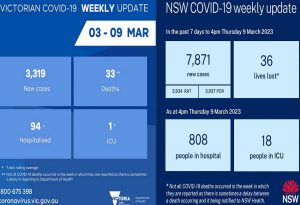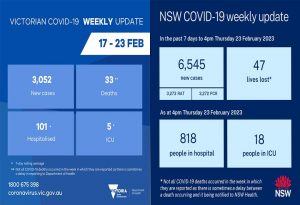Source: ABCnews

Rapid antigen tests (RATs) have found their way into homes across the country, allowing us to test for COVID-19 and get the results minutes later.
They’re easy to use and help expand the capacity of labs that process PCR tests, especially when they’re under pressure to produce results quickly.
While RATs are recognised to be less accurate than PCR tests, there are some steps you can take to make sure you get an accurate result when testing at home.
When should I take a RAT?
You shouldtake a RAT when you have symptoms of COVID-19 — fever, cough or losing your sense of taste or smell — according to Associate Professor Meru Sheel, an epidemiologist from the University of Sydney.
“With the rapid antigen test, what we do know is that they tend to work better for symptomatic people, not for asymptomatic people,” Dr Sheel says.
“That’s to do with the ability to detect theviral antigen. The more viral antigen you have, thegreater ability you have to [end up with] a positive rapid antigen test.”
“That doesn’t mean that an asymptomatic person may not test positive with a RAT, but the effectiveness is better for symptomatic people.”
Most people develop symptoms five to six days after being in contact with a person who has active COVID-19.
Preliminary research suggests cases can be infectious for two to three days before a RAT is able to detect the virus — SARS-CoV-2 — so waiting a couple of days before you test isn’t a bad idea if you’re isolating anyway.
“If somebody has been exposed to SARS-CoV-2, I think it’s a good idea to wait for symptoms to develop to use the rapid antigen test,” Dr Sheel says.
However, it’s not entirely necessary to wait for symptoms to appear if you’ve had a known exposure, Dr Sheel suggests.
RATs can detect COVID-19 in asymptomatic people, however, it’s useful to remember that the higher the viral load, the better the test will work.
How do I know my test is effective?
Australia’s national drug regulator, the Therapeutic Goods Administration (TGA) has approved 47 different RATs for home use in Australia.
Of the 47 tests, they have been categorised into three sensitivity levels. These include:
- acceptable sensitivity (clinical sensitivity greater than 80 per cent) — five tests available
- high sensitivity (clinical sensitivity above 90 per cent) — 10 tests available
- very high sensitivity (clinical sensitivity above 95 per cent) — 32 tests available.
All of the TGA-approved tests need to have a clinical sensitivity of at least 80 per cent and clinical specificity of at least 98 per cent.
Higher sensitivity means there’s less chance of afalse negative result, while high specificity means there will be a lower rate of a false positive.
As the specificity rate is at 98 per cent, it’s not very common at all to get a false positive result from a RAT.
If you buy tests online from overseas it’s best to check that the RATs are approved by the TGA so that you know they provide an accurate result.












